How to Care for Trees in Your Community
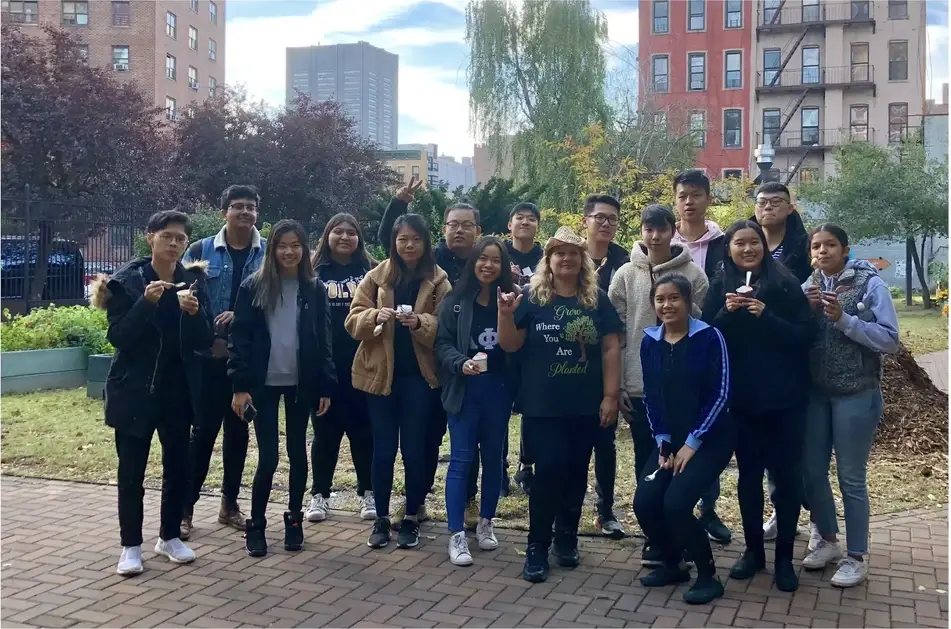
Caring for trees in your community can help our tall friends thrive, beautifying neighborhoods and purifying the air we breathe.
Why this recipe matters
Trees do so much for our communities—cooling streets and buildings, capturing carbon dioxide from the air, providing oxygen, reducing flooding during heavy rainfall, absorbing noise, and so much more!
Ingredients
- Local, public tree beds in need of some TLC
- Gardening gloves
- Trash bags
- Hose or large watering can
- Wooden or steel tree bed guards
- Compost and natural mulch
- Drought-tolerant plants
Recipe
Take a look at trees located in public spaces or on your own property to see if there is any litter or debris located at their base. Carefully remove these items while wearing gloves and dispose of them in a secure trash bag.
Step 2: Water tree beds slowly and infrequently.
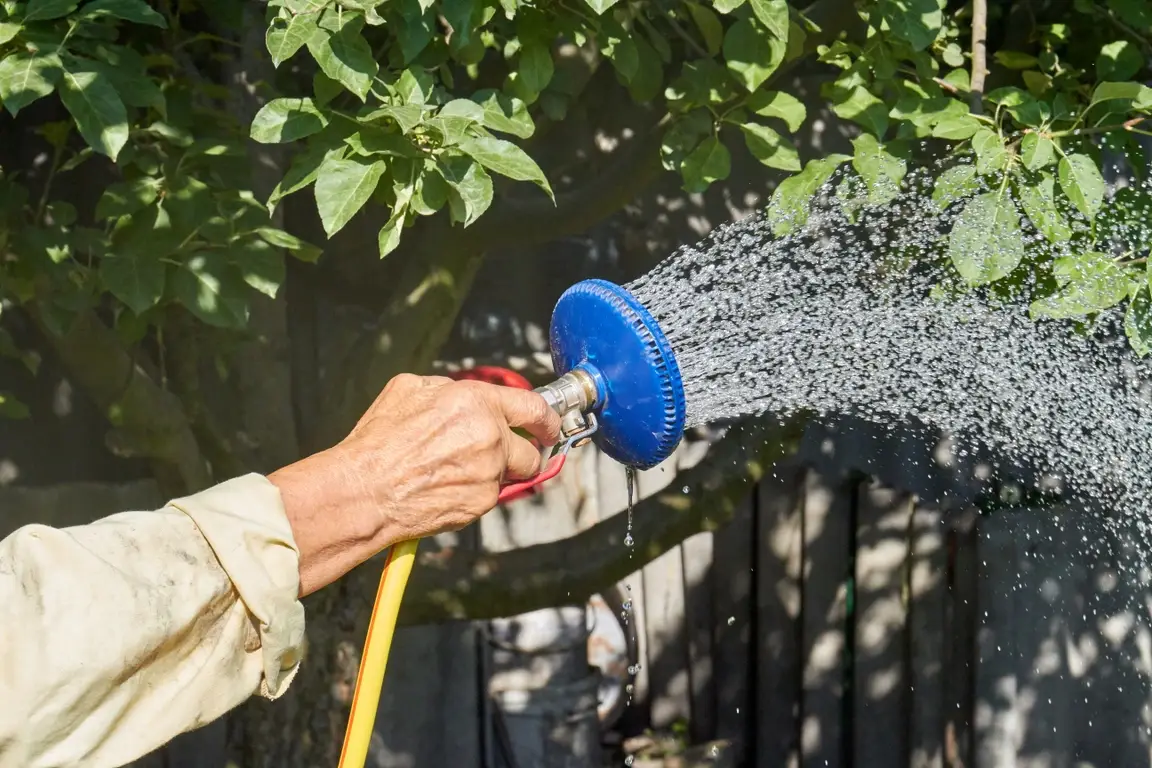
Using a hose or large watering can, slowly water a tree’s roots, taking care to ensure the water does not pool around the base.
If the soil around the tree is already moist and soft, hold off on watering for now—in a naturally-occurring forest, the tree canopy slows heavy rainfall and directs water to a tree’s roots, which keeps soil in place and encourages deep root growth.
Step 3: Install tree guards to discourage pet waste.
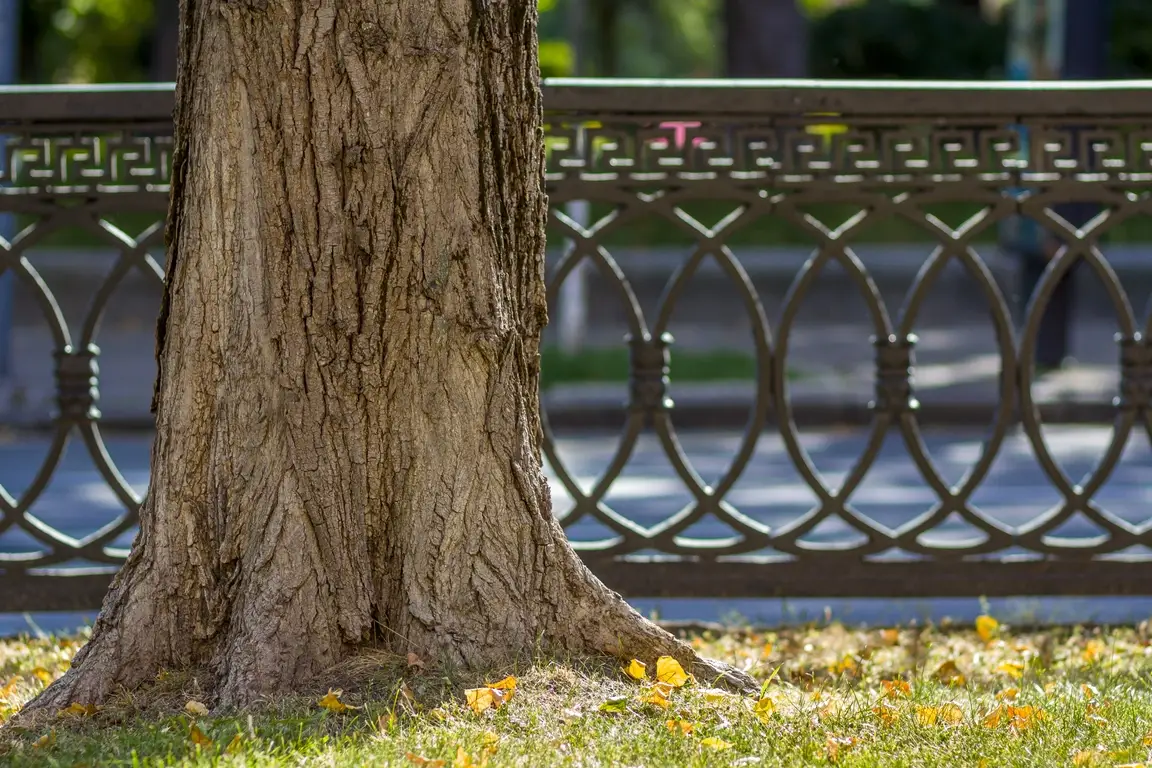
Salts from pet waste build up and can damage soil structure and tree roots. To protect trees from pet waste, look into installing a simple tree guard that keeps pets out but still allows rainwater to flow in off the sidewalk. For public trees, contact your local parks department about installing tree guards.
For trees on your private property, the New York City Department of Parks & Recreation offers several guides for using tree bed guards; they recommend guards are three-sided, at least 18” tall, installed on the outer perimeter of the tree bed, and are positioned at least one foot short of the curb with the curbside open.
Step 4: Add mulch to tree beds, but not soil.
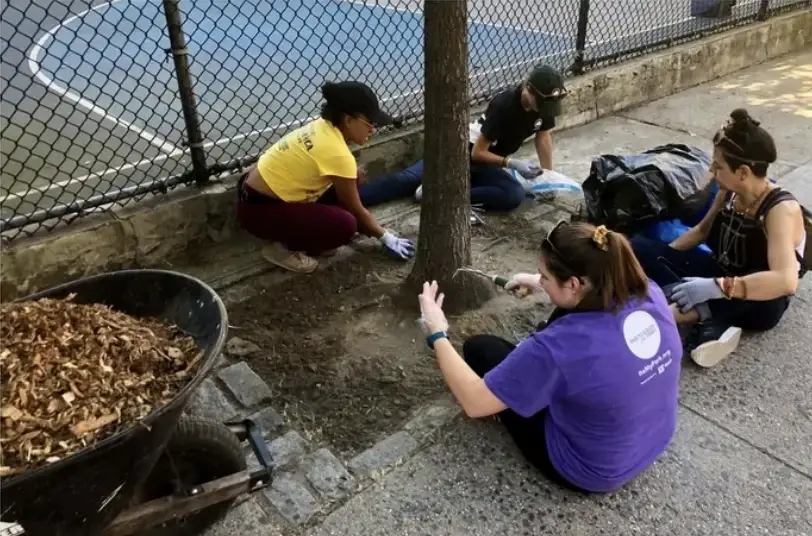
Minimize soil disturbance to trees by never adding soil to their base; sudden additions of soil can smother tree roots and cause bark to rot. Instead, add ½” of compost and 2” of natural mulch to tree beds once a year to encourage healthy growth.
Step 5: Plant hardy companions in tree beds.
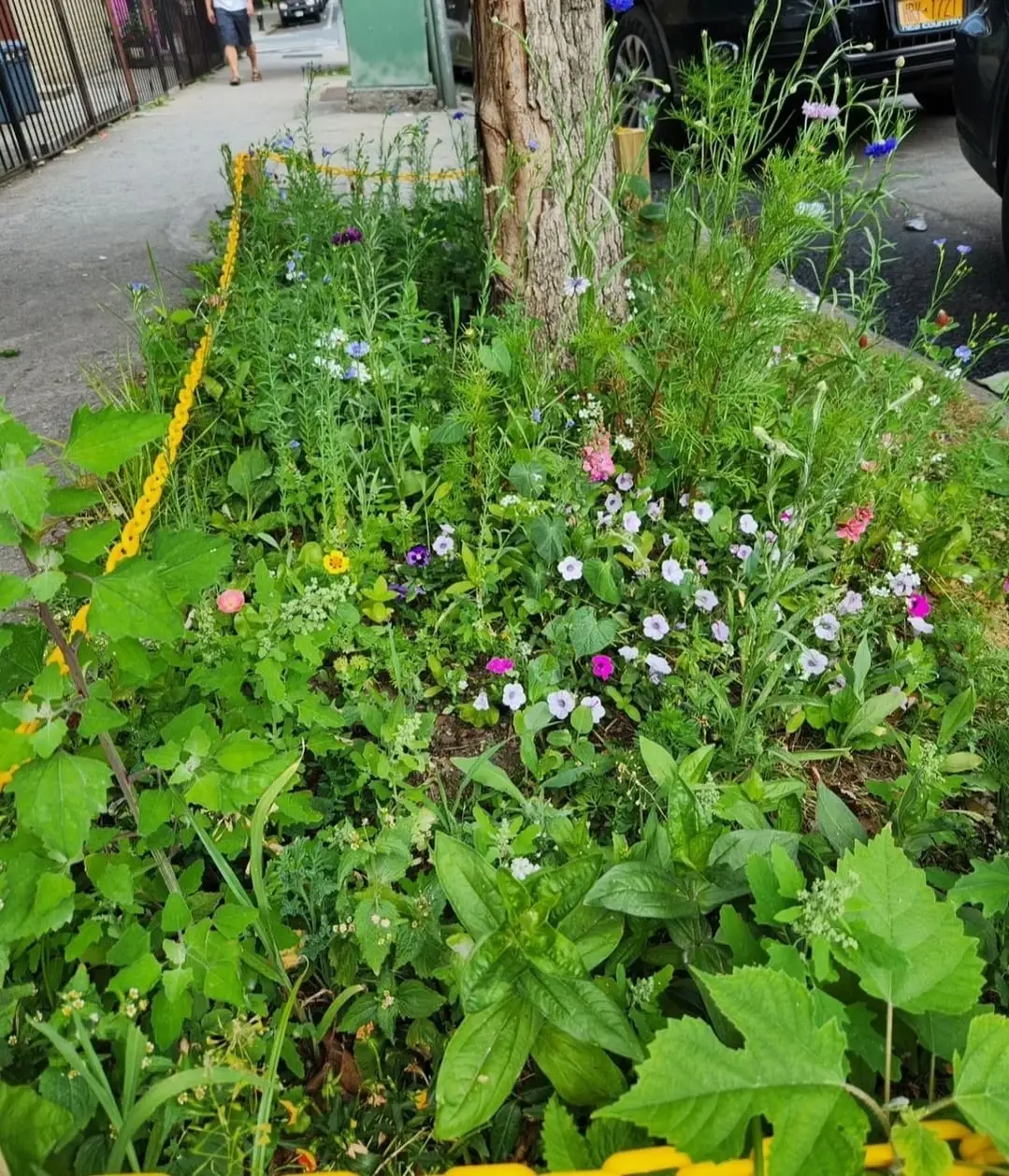
Ground-hugging plants create mulch to protect tree roots. If a tree bed already has enough soil naturally, it may be a good candidate for you to plant a drought-tolerant perennial, such as echinacea, lavender, and daisies.
Remove weeds from the tree base before planting, and never plant woody-stemmed plants or vines since they can trap moisture and smother tree roots.
Nutritional Information
How this recipe has nurtured a community
“If you have open eyes and an open heart, it's one of the most rewarding experiences you can have. I challenge you to plant some sunflowers seeds and watch all the small miracles of life. Care for your street tree and observe how many positive things will follow, from day one.”
Finishing Touch
Encourage tree growth in your community by contacting your local city council or parks department to request a free tree planting. Many cities and states have tree planting initiatives for residents, but if your locale does not offer one, consider planting a tree yourself.
Secure a permit from your city, use the National Wildlife Federation’s Native Plants Finder tool, and purchase a shrub. With the proper care tactics, your tree will grow taller each year, providing oxygen and life to your community.


